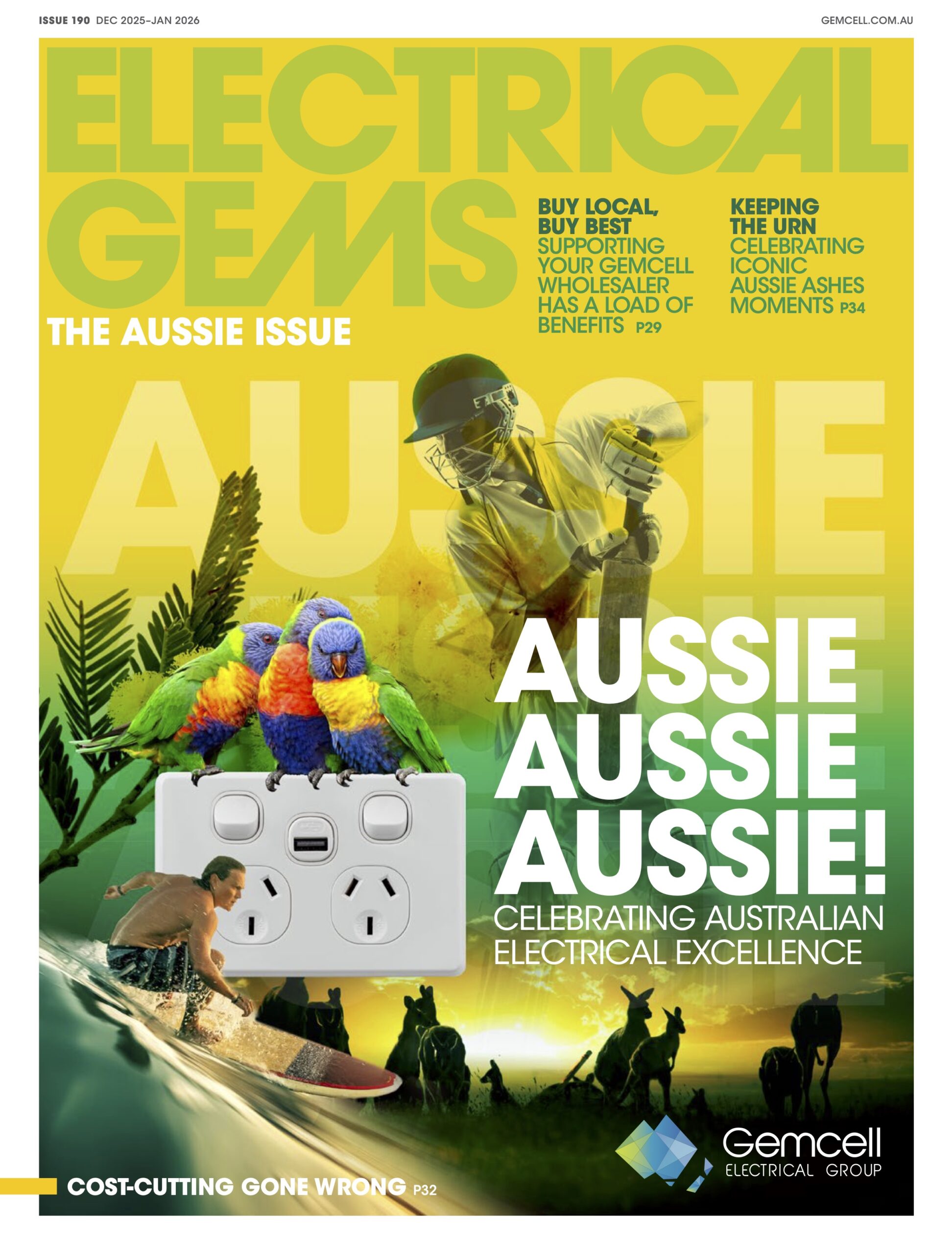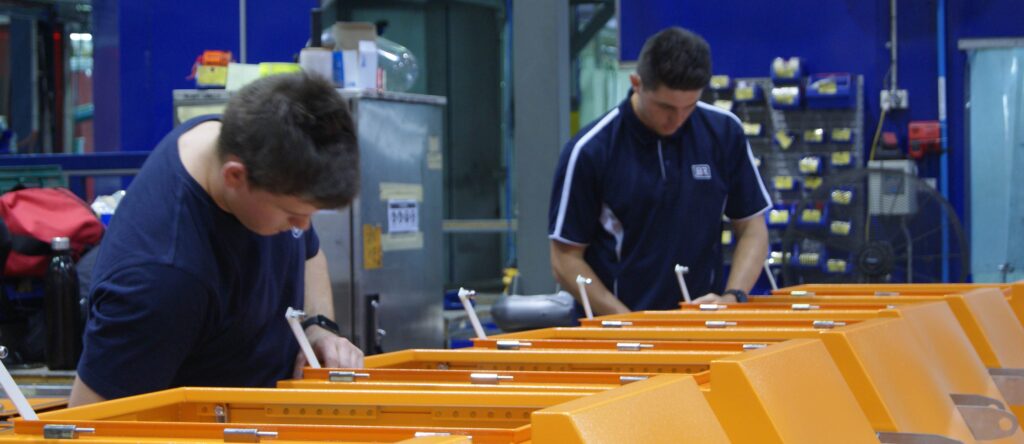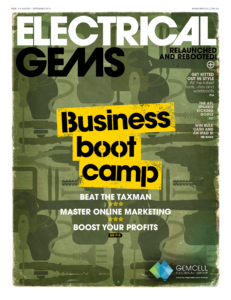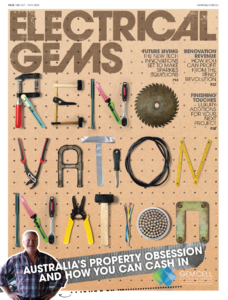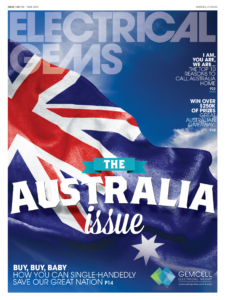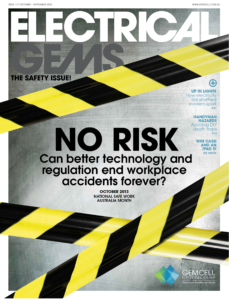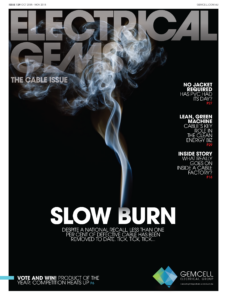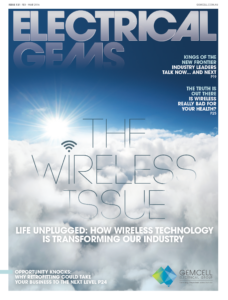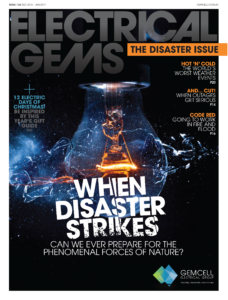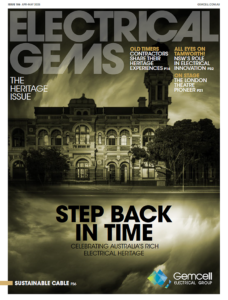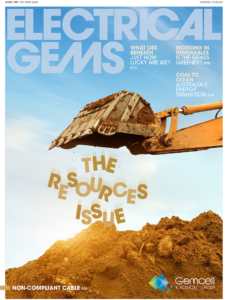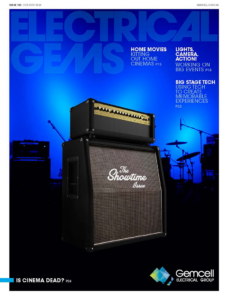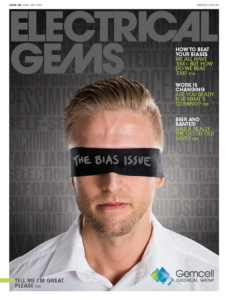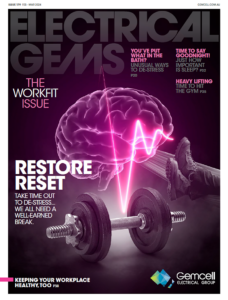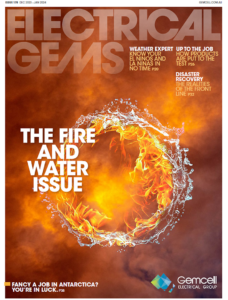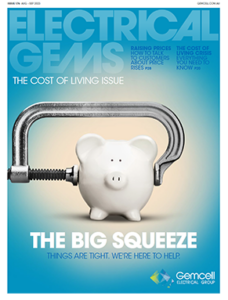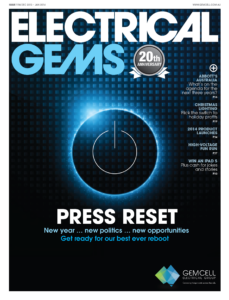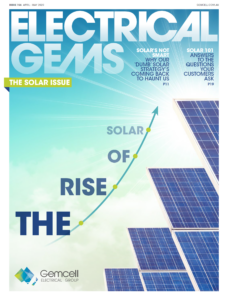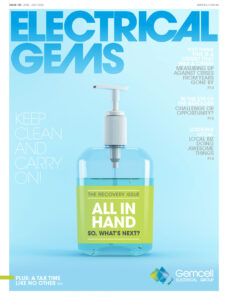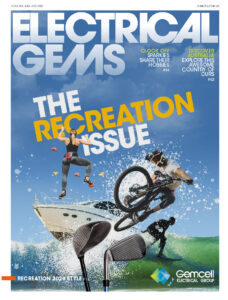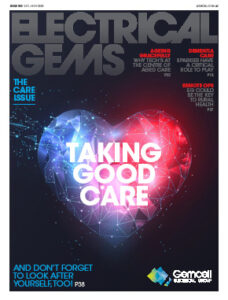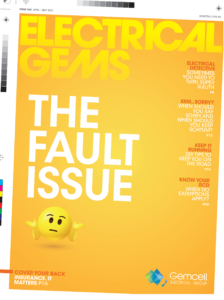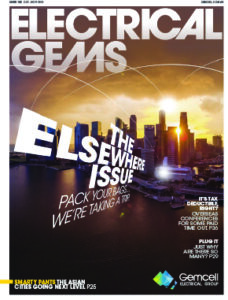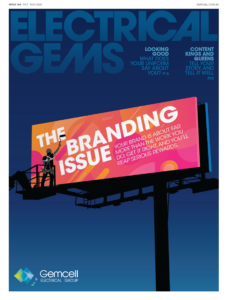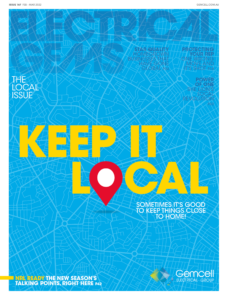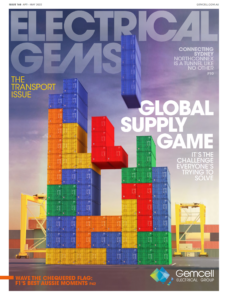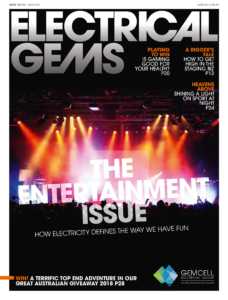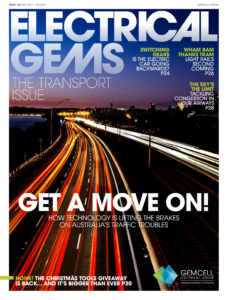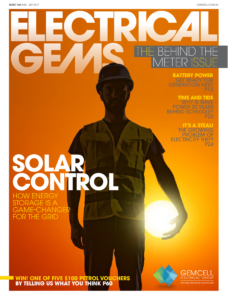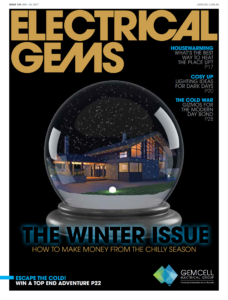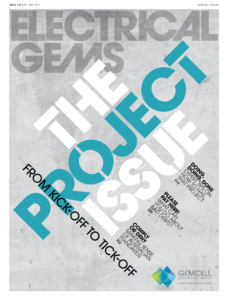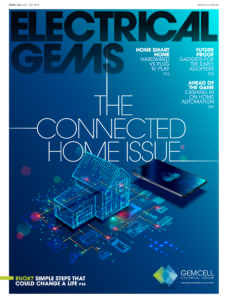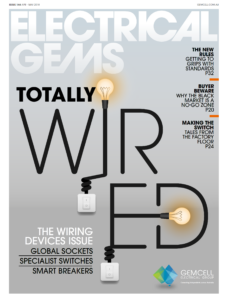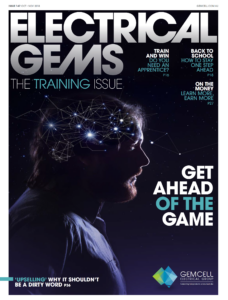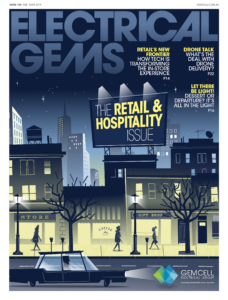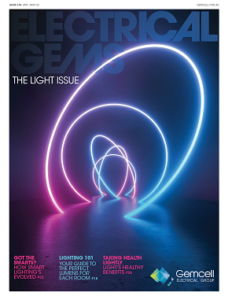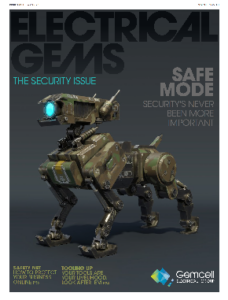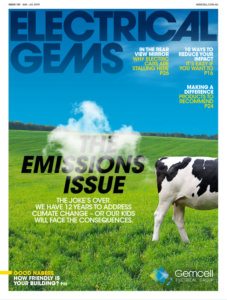The electrician skills shortage – how can electrical contractors manage the challenge?
Across the country, the story is consistent – lots of work, not enough electrical contractors. And while that’s good news for everyone in the industry in some respects (after all, you really don’t want the reverse scenario), for the good of the sector we need a steady supply of new people coming in.
There’s a balance to be achieved somewhere, and with the electrician skills shortage regularly up there on the lists of factors negatively affecting tradies’ mental health creating huge delays and in some cases rushed work, it’s important that well-thought-out solutions are implemented sooner rather than later.
But what is the reality of the situation? What is causing this skills shortage, and what can contractors do in the short term to manage the challenge?
The situation in Australia
Infrastructure projects are launching at an unprecedented rate, the population’s growing, and renewable energy projects are springing up across the country. It’s estimated that up to 42,000 additional electricians will be needed by 2030 to cope with the work the country needs to be completed.
In a recent interview with The Australian, the Electrical Trades Union National Secretary Michael Wright said there was a massive and urgent need to train the next generation of energy workers.
“We are heading into literally unprecedented skills shortages in the electrical trades.
“Left unchecked, these skills shortages risk our electrical licensing regime. But they’re also emerging as a real handbrake on the pace of what we can build.
“The energy transition is placing unprecedented demand on TAFE and trade schools. More than new money, we need a new level of coordination between unions, business, and government.”
Why is there an electrical skills shortage in Australia?
It’s something of a perfect storm – rapidly increasing demand combined with fewer people coming into the industry. Throw into the mix contractors retiring, and it’s creating a significant problem.
The key issue is the slowdown of people coming into the industry, with the defunding of TAFE over the past 10 years or so affecting enrolments and limiting training opportunities. Of those that do begin apprenticeships, only around 60% go on to complete them. That figure is in line or slightly better than most other sectors, however, there’s still huge scope for improvement.
In addition, there’s a huge capacity issue at TAFE. In July, TAFE NSW froze its second semester intake for a number of critical trades, turning would-be electricians away from classroom training in all but six greater Sydney locations until at least 2026.
Electrical skills shortage – just an Australian problem?
Unfortunately not. The skills shortage for electricians is common across most western countries. For example, the UK is estimated to need 104,000 new electricians by 2032, and over there, the electrical workforce has shrunk 26.2% since 2018 – an ageing workforce and the post-Brexit departure of EU workers being two key factors.
Over in the US, it’s a similar story, with 84,000 new electrician jobs being forecast, indicating the highest demand in history for electricians in the US.
Canada, New Zealand and Germany are also seeing significant shortfalls in what’s going to be required, and what’s currently available.
What’s being done to address the electrical skills shortage in Australia?
The government has introduced several initiatives to address the skills shortage in Australia, including the $10,000 apprentice incentive scheme, while there’s also been talk of licensing reform, which would make it easier for people to work across states.
The Free TAFE initiative has led to an 80.6% increase in commencements in critical skill shortage areas, including electrical, since 2019.
Skilled migration, meanwhile, is another area of opportunity, with the Skills in Demand (SID) visa, which was introduced in December 2024, providing a more streamlined way for employers such as electrical contractors to recruit from overseas.
Tips for electrical contractors to manage the skills shortage
Of course, it’s great to understand the longer-term context, but on a day-to-day basis, what does it all mean for you?
Ultimately, you need to deal with the short term while planning for the longer term.
And while it may be tempting to take on as much work as possible – or more work than is really possible – it’s important to take a pragmatic approach. After all, one mistake or one rushed job can cause serious reputational damage.
Daniel Vasilevski, Owner and Director of Pro Electrical in Sydney, says, “With over 10 years in the industry I have encountered numerous challenges, but the current skills shortage is perhaps one of the most pressing issues we face today.
“The 42,000-person shortfall in the electrical workforce creates immense pressure on businesses to meet demand, and electricians must be strategic in managing their time and resources. The key is focusing on quality over quantity. While it may be tempting to take on more jobs to increase profits, overextension can lead to subpar work, safety concerns, and burnout.”
Vasilevski says it’s essential to assess opportunities effectively and to be selective about the jobs you take on.
“It is vital to recognise the long-term value of each job and focus on relationships that promote repeat business. Not every job will be a good fit, and this is where saying ‘no’ becomes essential. Rather than overcommitting, I encourage a transparent discussion with clients, explaining the impact of taking on too much work. We set clear expectations on timelines and budget, which prevents unnecessary pressure on our team.”
Tim Watson, the Founder and Director of Oakridge Renovations, a Sydney-based renovation company, has a lot of first-hand experience working with electrical contractors.
“I tell every tradesperson on my site the same thing: say yes to the work that aligns with your skills, your schedule and your values. If a job pulls you too far off-track or requires shortcuts to hit deadlines, it will do more harm than good to your reputation and your team.”
To assess opportunities,Tim says you need to be brutally honest with timeframes and manpower.
“If your crew finishes standard residential wiring in five hours and someone wants the same done in three, walk. No one talks about this, but rushed work on electrical jobs creates faults that do not show up for six months. That lands you in court or back on-site for free. I prefer to build buffer time into each project and document everything in writing. If a project has scope creep or vague specs, that is a red flag.
“Balancing money with burnout starts by charging properly. If you are still quoting $80 an hour and working weekends, you are undercharging. Most quality teams now bill between $120 to $160 per hour depending on location. Saying no to clients is easier when your calendar is full. Just be direct. ‘Thanks for reaching out. I do not have capacity at the moment, and I would not want to compromise quality.’ Keep it short and firm.”

